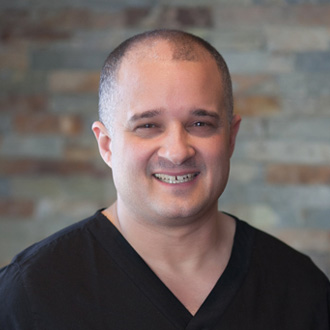Essure Removal Statistics
At A Personal Choice
Essure removal: Experts in removing Essure coils
From January 2008 to May 2014, we performed one hundred and forty-three (143) tubal surgeries to correct either Essure or Adiana sterilization. Of the 143 women who sought treatment from our center, one hundred and thirty-nine (139) had tubal blockage from Essure sterilization and four (4) had tubal blockage from Adiana sterilization.
Of the 139 patients who came for Essure removal, 38 women requested Essure removal because of Essure side effects. None of these 38 women wanted to become pregnant. All surgeries were performed as outpatient procedures at our specialty center.
We maintain extensive statistics on tubal ligation reversal and Essure reversal procedures. We have carefully documented the chances of pregnancy after Essure reversal and we have authored two papers on successful reversal of Essure and Adiana sterilization. It occurred to us after several years we had not devoted enough attention to our Essure removal patients so we decided to conduct an informal follow-up survey with these patients.
Results of our Essure removal study
Readers are encouraged to view the survey study for themselves. This was not a planned prospective study but rather an informal follow-up on patients who had undergone Essure coil removal alone for their symptoms rather than have a hysterectomy.
Essure removal follow-up survey
Patient comments on Essure removal survey
The information obtained from our survey seems to suggest Essure related symptoms can improve for most after Essure coil removal. Improvement seems to be the most predictable in women who experienced Essure symptoms soon after Essure coils were inserted.
Essure removal study method
All patients who had removal of Essure at our center from 2008 to 2014 were identified from an ongoing database we maintain. To be included patients had to express the primary desire for surgery was for symptoms only and not to become pregnant.
An anonymous email survey was sent to the identified 38 Essure removal patients. One patient had opted out of email surveys and 3 surveys were undeliverable because email addresses were canceled. As a result only 34 surveys were delivered and 24 surveys were returned. The survey response rate was 70%.

